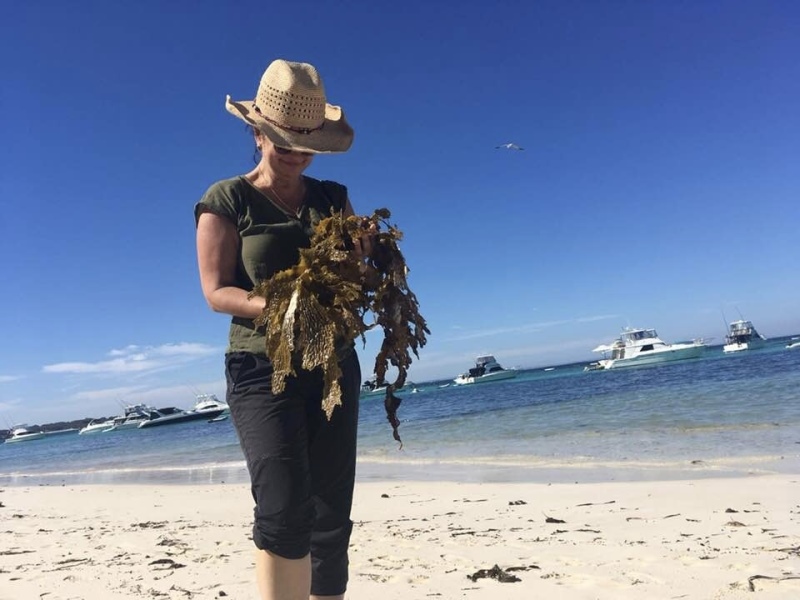Prof. Sigal Abramovich (pictured below) from Ben-Gurion University of the Negev's Department of Earth and Environmental Sciences has a mission. She wants to convince Israeli and global regulators to include regular monitoring of the geochemistry of a certain type of shell of marine organisms as an indicator of pollution in the ocean.

In a series of studies over the past three years, Abramovich and her team (Dr. Danna Titelboim, Nir Ben Eliahu, and Chen Kenigsberg, Sneha Manda, and Doron Pinko) and colleague Prof. Barak Herut from the Israel Oceanographic and Limnological Research Institute and Dr. Ahuva Almogi-Labin from the Geological Survey of Israel have found that foraminifera found on the ocean floor store evidence of the pollution around them within their shell formation.
Coastal infrastructure makes the marine ecosystem susceptible to incidental industrial metal introduction that, even if relatively short-term, could stress local ecosystems or affect the water quality. Traditional monitoring methods are insensitive to these events, and thus better and more comprehensive monitoring methods are required.
Foraminifera are unicellular organisms that produce calcite shells directly from seawater. They are among the most ancient and abundant fossils and their calcite shells accumulate in mass quantities in oceanic sediments and thus become one of the most important components of sedimentary (carbonate) rocks. Their shells record the chemical and physical properties of their seawater, providing the basis for most climate research. This is the reason why foraminifera are considered one of the most important archives of ancient and modern oceans.

Above: Sampling location adjacent to the Hadera Power Plant. Foraminifera are found in vast numbers attached to macroalgae that cover the hard rock flats at very shallow water depths Photo Credit: Prof. Sigal Abramovich
Foraminifera build their shells by sequential addition of chambers and each shell thus represents a natural monitoring sequence recording heavy metals in the ambient seawater over months. This chronological documentation of heavy metals in the seawater allows the recognition and quantification of short-term pollution events, and, since foraminifera are abundant, small and their shells are preserved after death, the monitoring can be carried out retroactively and at high spatial resolution.
"We have been able to quantify the amounts of heavy metals pollution injected by the brine discharge from desalination plants across the Mediterranean coast of Israel," explains Prof. Abramovich. "Our research demonstrates the potential of using heavy metals anomalies in foraminiferal shells as a tool for detecting the industrial footprint of coastal facilities including areas that were considered clean nature reserves."
She is working with an international network of oceanographers to encourage countries around the world to adopt regular foraminifera monitoring based on the methods developed in her lab.
Her research has been supported by the Israeli Ministry of Science through the BMBF-MOST program, a GIF (German-Israeli Foundation for Scientific Research and Development) grant, and the Israel Science Foundation.
Media Coverage:
Green Prophet
Israel 365